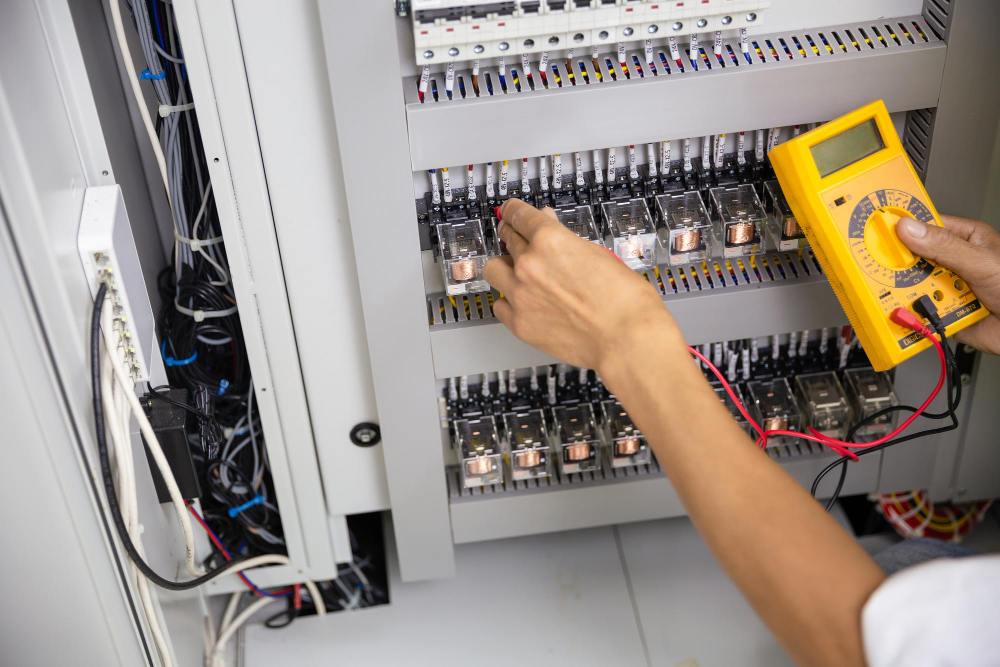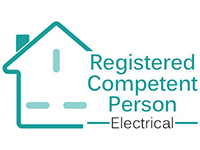How Short Circuit Occurs?
A short circuit happens when electricity bypasses the intended circuit and moves through a low-resistance path, usually due to a wiring or connection fault.
Short circuits are caused by:
- Overuse of a circuit
- Pests chew the internal electrical wires
- Water coming into contact with electrical wiring
- Electrical box with loose connections
- Damaged or old outlets, switches, appliances, lights, etc.
Short circuits lead to damaged appliances, electric shock or even a fire. The solution is to take preventive measures against electrical short circuits—protecting your family and the property from an unbearable loss.
7 Ways to Avoid Electrical Short Circuits in Your Home
Here are 7 practical ways to keep your house safe from electrical short circuits:
Maintaining The Circuit Breaker:
Circuit breakers break the electricity flow whenever the current reaches dangerous levels. When it senses an unusual current behaviour, a circuit breaker automatically gets activated and interrupts the heavy flow.
It is necessary to keep your circuit breakers in top shape to reduce the chances of short circuits at home. You need to follow some essential tips at regular intervals to ensure the electrical circuit breakers at your home keep performing efficiently:
- Check every circuit breaker of your home for any damage signs.
- Know which circuit is controlled by each breaker in your home.
- Use a dry cloth to clean spots and dark stains on the circuit breaker or the panel.
Checking Your Outlets:
Electrical outlets are the wall sockets where you plug in your electric devices to receive power. They have a bunch of attached electrical wires behind every electrical outlet.
Faulty wiring, loose connections and old outlets can lead to an electrical short circuit in your house. It is difficult to diagnose these problems earlier because they are concealed behind the wall.
There is a big chance of a short circuit anytime if you see any of the signs in an outlet:
- Burn marks
- Burning smell
- Tiny sparks
- Sounds like buzzing or popping coming from an outlet.
Moreover, an outlet 20 to 25 years old is more susceptible to an electrical short circuit.
Checking Your Electrical Appliances:
Checking appliances before use is as important as examining the outlets. Because faults in an electrical circuit or wiring inside an appliance can also lead to short circuits. Ensure your electric appliances are working well before plugging them into your sockets. For this, check your electric appliances for any of these signs:
- Appliance with an exposed circuit
- Damaged wiring or cords in an appliance.
- An appliance with multiple cracks
Reducing Usage During Storm:
Lightning strikes in heavy storms are another dangerous way to cause short circuits. It is due to the high surge in electricity that sometimes causes excessive load on the electric circuits. Hence, reduce the usage of your electrical devices to a minimum during lightning storms.
Yearly Electrical Inspection:
You must get your whole electric system checked once a year to stay safe from short circuits. Professionals diagnose signs of possible short circuits and fix them on time, saving you from bigger losses. These inspections also expose any hidden damage to electric wires, like wires chewed by pests or rats.
Avoid Circuit Overloading:
Circuit overloading happens when too many electrical appliances draw power from one circuit or outlet without circuit breakers.
Circuit overloading melts down the wire insulation inside the circuit due to overheating, leading to a fire. When your circuits are overloaded, you will notice:
- Light dimming, particularly when you turn on more appliances connected to the same circuit.
- Buzzing switches
- Warm outlets
- Burning smell from the switches
- Scorched plugs
So, use different circuits for different electric appliances. Don’t use multiple high-energy appliances simultaneously, like an iron and an air conditioner. Install multiple outlets so you don’t have to rely on a single circuit.
Unplug Electric Devices After Use:
Many appliances in your home keep drawing electricity 24/7 if they are left plugged in after use, such as your DVD player, television and microwave. These devices have LCD panels, clocks or lights that continuously need power. This continuous power draw puts a load on the circuit and enhances the chances of a short circuit.
Its simple solution is to plug off your electronics right after use.
Safety Measures to Handle an Electrical Short Circuit:
When a short circuit occurs in your home, don’t panic and follow these steps:
- Cut off the power to the affected circuit immediately by removing the fuse or flipping the circuit breaker.
- Isolate (cut off) the affected area from the remaining electric system.
- Don’t touch wires or components; an active short circuit can give you burns or electric shocks.
- Disconnect any appliances connected to that circuit.
- Contact a qualified electrician for the diagnosis and repair.
Conclusion:
Usually, short circuits happen due to excessive or unsafe usage of electric appliances. Don’t leave your devices plugged in after use. Get a yearly electricity inspection and do your research before investing in fuses, switches and outlets. Small, careful steps can save your family and home from fire hazards.






